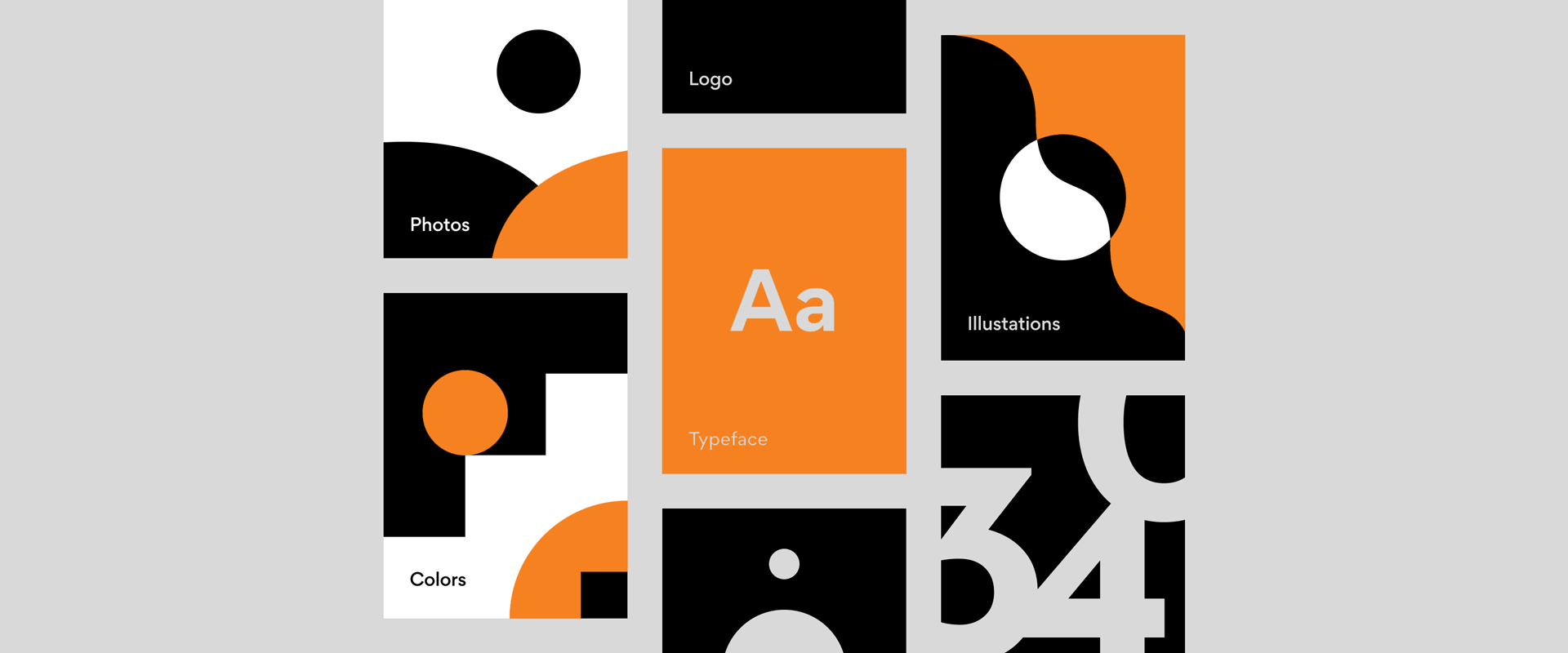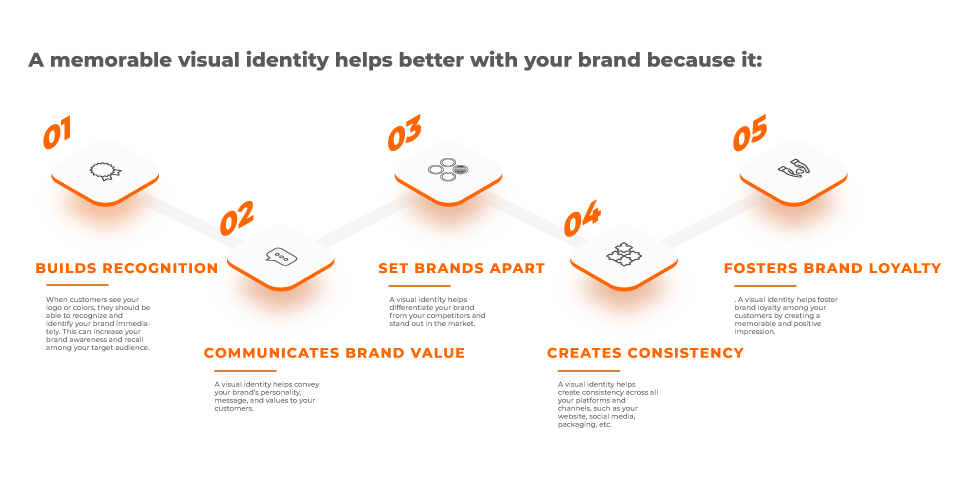Branding Bible
what is Branding Bible?
By: Reza Xarini, PhD.
Date: Aug 20, 2022
Approximate reading time : 10.5 MINS.
The holy
bible of
branding!
A Branding Bible is a document that guides you on how to present your
company’s brand in a consistent and attractive way. It tells you how to use
your logo, colors, fonts, images, and other elements to create a strong and
recognizable identity for your brand. It covers everything from your website
and social media to your letterhead and emails. A Branding Bible helps you
stay on track with your brand’s vision and values, and what makes you stand
out from the crowd. It also helps you communicate effectively with your
customers and prospects, using the right design tools and tone of voice to
convey your brand’s personality.

Why Branding is important for your business?
Branding is a critical part of any business. It is the process of creating a unique identity for your business that sets you apart from the competition. A strong brand can help you attract new customers, build loyalty with existing customers, and command a premium price for your products or services. Branding is absolutely critical to a business because of the overall impact it makes on your company branding can affect how people see your brand, it can attract new business, and increase brand value – but it can also do the opposite if done poorly or not at all. Branding is essential for inbound marketing.
Branding also helps you to build trust with your audience, as well as improve employee satisfaction, and aid advertising. Branding is important because it allows you to leverage the reputation of your existing products to introduce new ones. When customers are already familiar with and trust your brand, they are more likely to try new products from you. This can lead to increased sales and market share for your business

We can use branding as a key to the success of our business by following these steps:
- Establish our overarching goals. We should have a clear vision of what we want to achieve with our brand and how we want to be perceived by our customers and prospects
- Outline the key qualities and benefits our brand offers. We should identify what makes us unique and valuable in our industry and communicate this to our target audience.
- Create a brand logo and tagline. We should design a visual identity that reflects our brand personality, values, and message. A logo and a tagline are essential elements of branding that help us get recognized and remembered.
- Revisit who our customers are. We should understand the needs, wants, preferences, and pain points of our ideal customers and tailor our branding to appeal to them1.
- Research competitor brands within our industry. We should analyze the strengths and weaknesses of our competitors’ brands and find ways to differentiate ourselves from them.
- Improve our site’s visibility in search results. We should optimize our website for search engines and use relevant keywords, content, and links to rank higher and attract more organic traffic


Some of the things we need to establish a brand are:
If you are a business owner or marketer, you know how important it is to have a strong and distinctive brand. A brand is not just a name, a logo, or a slogan. It is the identity and personality of your business, the promise and value you deliver to your customers, and the perception and reputation you create in the market. A brand can help you stand out from the crowd, attract and retain loyal customers, and grow your business. But how do you create a successful brand? What are the key elements and steps involved in branding? Now, we will discuss some of the essential components of branding, such as:

A clear understanding of our audience. We need to know who we are trying to reach, what they need, want, and value, and how we can solve their problems or fulfill their desires
Be true to our brand. We should deliver on our brand promise and provide consistent and quality experiences across all touchpoints with our customers. We should also align our brand with our company culture and values.
Build our brand digitally with multi-channel marketing. We should use various online platforms and channels to promote our brand and reach our target audience. We should also integrate our branding across all our marketing materials and campaigns.
Create branded content. We should produce engaging and informative content that showcases our brand voice, tone, and message. We should also use storytelling techniques to connect with our audience emotionally.
Develop a brand style guide. We should create a document that outlines the rules and guidelines for using our brand elements, such as logos, colors, fonts, images, etc. This will help us maintain consistency and professionalism in our branding.
Integrate our brand. We should make sure that every aspect of our business reflects our brand identity, from our products and services to our customer service, to our employees, to our partners.
How does a business understand its target audience?
A business can understand its target audience by following these steps:
A business can use various methods, such as surveys, interviews, focus groups, online analytics, and social media listening, to collect data about its potential and existing customers. This data can help the business identify the demographics, behaviors, preferences, needs, and pain points of its audience.
A business can divide its audience into smaller groups based on common characteristics, such as age, gender, location, income, education, lifestyle, interests, etc. This can help the business tailor its products, services, and marketing messages to each group more effectively.
A business can create fictional profiles of its ideal customers based on the data collected from market research and segmentation. Buyer personas can help the business understand the goals, motivations, challenges, and expectations of its audience and how to address them.
A business can analyze the strengths and weaknesses of its competitors and how they appeal to their target audience. This can help the business find gaps in the market and opportunities to differentiate itself from others.
A business can test its products, services, and marketing campaigns with its target audience and measure their feedback and results. This can help the business improve its offerings and messages and adjust its strategies accordingly.
We need to define what makes us different from our competitors and why our customers should choose us over them. We need to communicate our brand’s purpose, position, personality, and story.
We need to create a logo, a color scheme, a font style, and other design elements that reflect our brand’s essence and appeal to our audience. We need to make sure our visual identity is consistent across all our platforms and channels.
We need to come up with a short and catchy phrase that summarizes our brand’s message and value proposition. We need to make sure our slogan or tagline is memorable and relevant to our audience.
We need to build a website, a blog, a social media profile, an email list, and other digital assets that showcase our brand’s voice, tone, and content. We need to optimize our site for search engines and use various marketing strategies to drive traffic and conversions.
We need to be true to our brand and deliver on our promise. We need to provide quality products or services, excellent customer service, and positive customer experiences. We need to build trust and loyalty with our audience.
We need to create a document that outlines the rules and guidelines for using our brand elements, such as logos, colors, fonts, images, etc. This will help us maintain consistency and professionalism in our branding
A unique value proposition (UVP) is a statement that summarizes how a product or service offers something valuable and different to its customers. It answers the question: why should someone buy from you instead of your competitors?

A UVP typically consists of three elements:
The target audience. This is the group of customers that the product or service is designed for and who will benefit the most from it.
The benefit or solution. This is the main value or outcome that the product or service provides to the target audience. It should address a specific problem, need, or desire that they have.
The differentiation or uniqueness. This is what makes the product or service stand out from the competition and why it is better or different from other alternatives. It should highlight a unique feature, quality, or advantage that the product or service has.
A UVP can be expressed in various ways, such as a headline, a slogan, a tagline, a paragraph, or a bullet list. However, it should be clear, concise, and compelling. It should also be backed up by evidence, such as testimonials, reviews, ratings, awards, guarantees, etc.
Some examples of UVPs are:
Slack: “Slack is where work happens”.
This UVP targets teams and businesses that need a better way to communicate and collaborate. It emphasizes the benefit of streamlining work processes and increasing productivity. It also implies that Slack is the leading platform for work-related communication.

Evernote: “Remember everything”.
This UVP targets anyone who wants to organize their thoughts, ideas, notes, and tasks. It emphasizes the benefit of having a reliable and accessible tool to store and retrieve information. It also suggests that Evernote is the ultimate solution for memory enhancement.

Netflix: “See what’s next. Watch anywhere. Cancel anytime”.
This UVP targets entertainment seekers who want to enjoy unlimited movies and shows on any device. It emphasizes the benefits of having a large and diverse catalog of content, flexible viewing options, and no commitment. It also differentiates Netflix from other streaming services that may have limited content, device compatibility, or cancellation policies

From UVP to creating a unique brand identity
A UVP is vital to increasing conversions, effective branding, and standing out from the crowd. After setting your UVP, you need to design a unique brand identity that reflects and communicates your UVP to your customers. A brand identity is the visual representation of your business, including your logo, colors, fonts, images, and tone of voice. A brand identity helps you create a consistent and memorable impression on your customers and build trust and loyalty

memorable visual identity helps better with your brand because of it:
- Builds recognition. A solid visual identity helps create brand recognition. When customers see your logo or colors, they should be able to recognize and identify your brand immediately. This can increase your brand awareness and recall among your target audience.
- Communicates brand values. A visual identity helps convey your brand’s personality, message, and values to your customers. It can also evoke emotions and associations that resonate with your customers and make them feel connected to your brand.
- Sets brands apart. A visual identity helps differentiate your brand from your competitors and stand out in the market. It can also help you establish a unique position and value proposition in your industry and attract your ideal customers.
- Creates consistency. A visual identity helps create consistency across all your platforms and channels, such as your website, social media, packaging, etc. This can help you maintain a professional and credible image and reinforce your brand identity.
- Fosters brand loyalty. A visual identity helps foster brand loyalty among your customers by creating a memorable and positive impression. It can also help you build trust and credibility with your customers and encourage them to choose you over others.

Your identity is
embedded in the brand book

A brand book helps you maintain consistency and professionalism in your branding by providing clear instructions on how to use your logo, colors, fonts, images, and other design elements. It also helps you communicate your brand’s personality and message to your audience through your visuals. A brand book can include the following sections:
- Logo: This section explains how to use your logo correctly, such as the size, placement, spacing, orientation, and variations. It also shows examples of how not to use your logo, such as stretching, distorting, or changing its colors.
- Color palette: This section shows the colors that represent your brand and how to use them harmoniously. It provides the color codes for each color and specifies where and when to use them.
- Typography: This section shows the fonts that you use for your brand and how to apply them consistently. It specifies the font styles, sizes, weights, and alignments for different types of texts, such as headings, subheadings, body text, etc.
- Imagery: This section shows the types of images that you use for your brand and how to select and edit them. It defines the style, mood, quality, and format of your images and how they should complement your brand’s message.
- Icons and graphics: This section shows the icons and graphics that you use for your brand and how to use them appropriately. It defines the style, shape, size, and color of your icons and graphics and how they should enhance your visual identity.
- Examples: This section shows examples of how to apply your visual identity to different mediums and platforms, such as your website, social media, packaging, etc. It demonstrates how to use your design elements coherently and effectively across all your communications channels.

